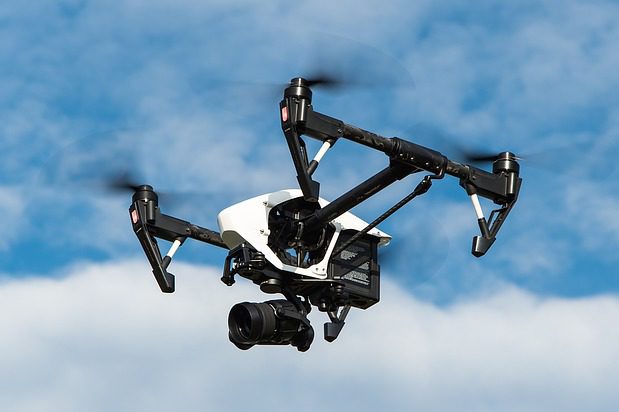October 19, 2017
Nileworks, a Japanese agtech company focused on the development of hyper-precise agricultural spray drones, announced the successful raising of 800 million yen (approximately US$7 million). Involved investors include Japan’s National Institute of Industrial Innovation, Kumiai Chemical Industry Co., Sumitomo Corporation and its subsidiary Sumitomo Chemical Co. Ltd, the National Federation of Agricultural Cooperatives, and the Norinchukin Bank.
Founded in Tokyo in 2015, Nileworks has a mission of “precision agriculture from the sky,” and develops multicopters that have the ability to use imaging technology to recognize the shape of a field in order to conduct fully automated aerial spraying of crops at a height as close as 30 centimeters.
Targeted toward Japan’s rice farmers, this technology significantly reduces drift and increases the level of precision when spraying irregularly shaped fields – both critical factors in densely populated countries such as Japan that also have highly fragmented agricultural land parcels. The company also is working on developing technologies that can examine the health state of crops in real time to determine the correct amount of fertilizer or pesticide to apply at a given time.
Drone Diversity
The agricultural drone market is expected to reach a value of US$4.2 billion by 2022, over which time the segment is forecast to see a compounded annual growth rate (CAGR) of 30.19 percent, according to Markets and Markets. And taking a wider view, farming is expected to account for 80 percent of the global commercial drone market, with annual points of sale for agriculture topping 160,000 per year compared to only 20,000 for other uses, according to a report issued by the Association for Unmanned Vehicle Systems International.
Beneath these numbers is the fact that although agtech technologies are often challenged when it comes to farmer adoption, drones are seemingly gaining traction due to their diverse range of applications and relatively shallow buy-in.
MIT reports that the agricultural drone-technology solutions market is valued at $32.4 billion, according to PwC, and some of the ways in which drones are helping to advance agricultural production include:
The production of 3-D maps for soil analysis that can help with planning seed planting;
Drone planting systems that implant pods containing seeds and nutrients into the soil, reducing planting costs by up to 85 percent.
The use of echo, laser, or LiDAR technology that enables drones to elevate or lower its altitude depending upon the topography – giving the farmer the ability to spray crops five times faster in and in a more precise manner.
The monitoring of vast fields and the ability to notify farmers of unpredictable weather events, with the ability to track the progression of a crop’s development in real time.
Drones can also use multispectral, hyperspectral, or thermal sensors to determine the dryness of a field and if irrigation is called for.
The spotting of fungal or bacterial issues using infrared or visible light. The rapid response this technology enables can save a farmer further damage to very valuable permanent crops.
In the future, if challenges such as privacy issues, operational safety, and insurance hurdles can be met, MIT envisions a range of possibilities for agricultural drones that even recently would have seemed like science fiction, such as a fleet of drones working together as a network to tackle operational monitoring, or a combination of ground-based and aerial drones working together to simultaneously collect data and perform tasks.
-Lynda Kiernan

Let GAI News inform your engagement in the agriculture sector.
GAI News provides crucial and timely news and insight to help you stay ahead of critical agricultural trends through free delivery of two weekly newsletters, Ag Investing Weekly and AgTech Intel.




